Astronomy
- phys.org NASA successfully integrates coronagraph for Roman Space Telescope
NASA's Nancy Grace Roman Space Telescope team has successfully completed integration of the Roman Coronagraph Instrument onto Roman's Instrument Carrier, a piece of infrastructure that will hold the mission's instruments, which will be integrated onto the larger spacecraft at a later date. The Roman...
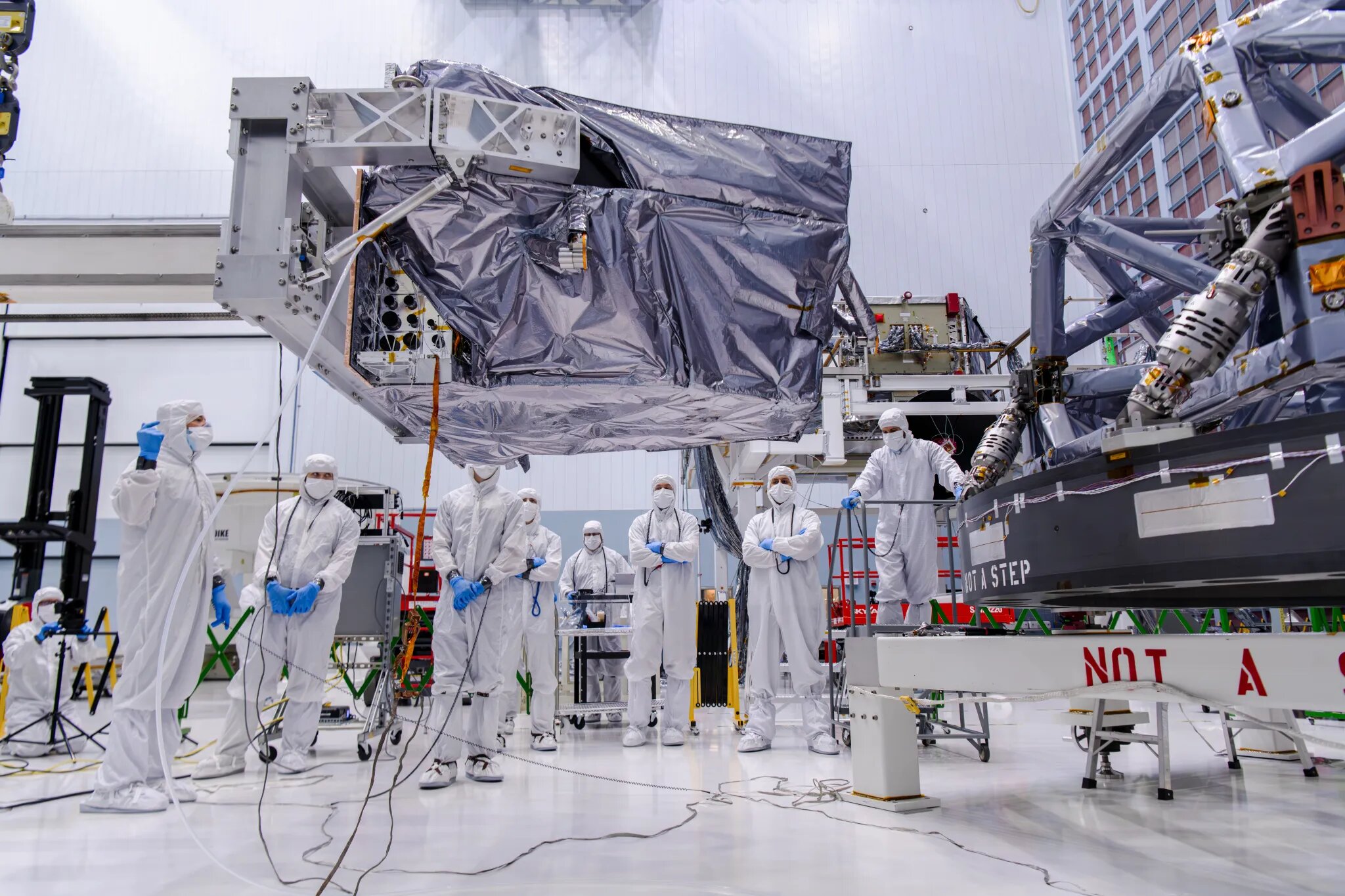
- edition.cnn.com World’s largest digital camera will be a ‘game-changer’ for astronomy | CNN
On a mountaintop in northern Chile, the Vera C. Rubin Observatory, which holds the largest digital camera in the world, is preparing to power up.
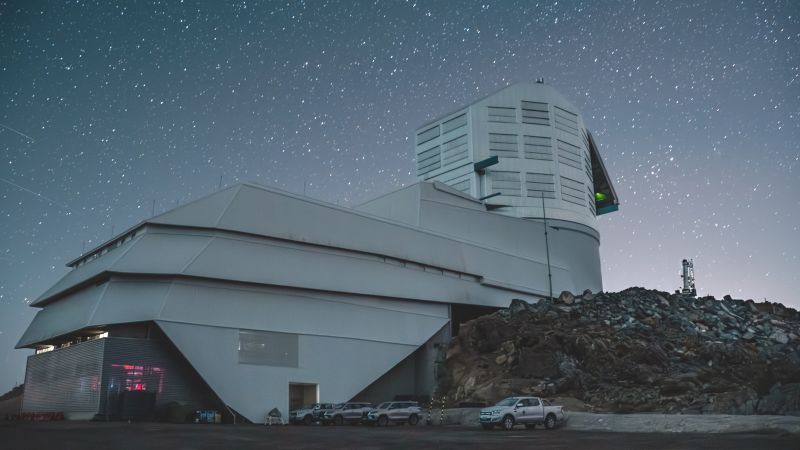
- science.nasa.gov NASA Reveals Prototype Telescope for Gravitational Wave Observatory - NASA Science
NASA has revealed the first look at a full-scale prototype for six telescopes that will enable, in the next decade, the space-based detection of gravitational waves — ripples in space-time caused by merging black holes and other cosmic sources. The LISA (Laser Interferometer Space Antenna) mission i...
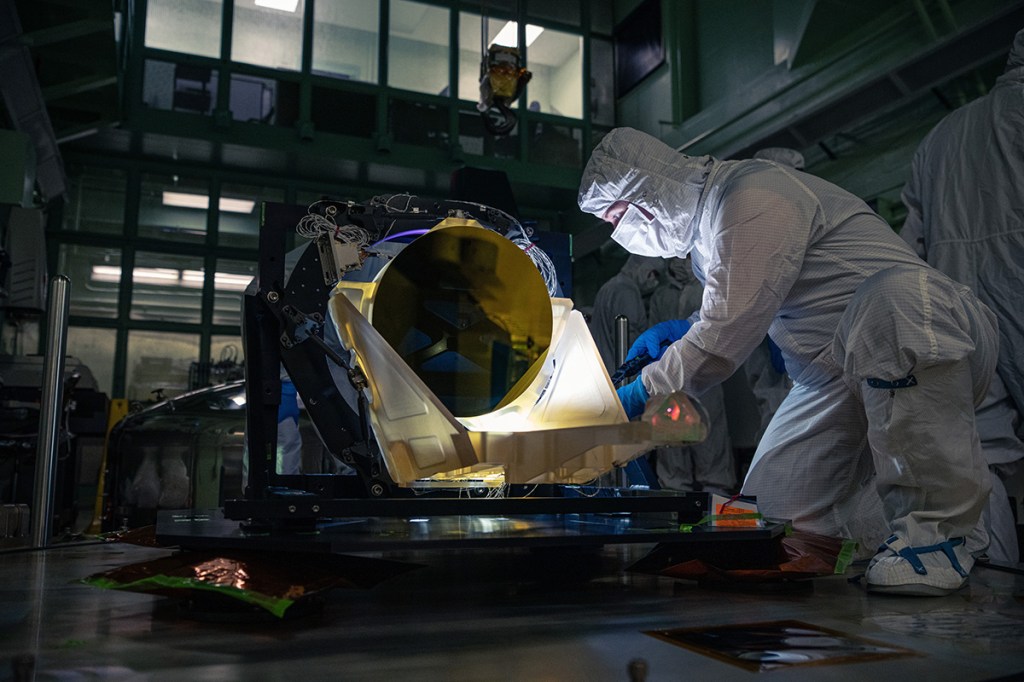
- theconversation.com Astronomers just found complex carbon molecules in space – a step closer to deciphering the origins of life
Life showed up really early on Earth – it needed complex carbon molecules to do so. A new discovery hints that these molecules can survive the harsh conditions when stars are born.

- • 99%
Brought my Celestron NexStar 6SE out on a camping trip last weekend and pointed it at the moon

Was out with a bunch of fellow geologists, who all got a kick out of looking at Saturn and the moon. Was only taking pictures with my phone, and so didn't get a good shot of Saturn, but thought this one of the moon was nice.
- • 100%phys.org Hubble captures a new view of galaxy M90
This NASA/ESA Hubble Space Telescope image features the striking spiral galaxy Messier 90 (M90, also NGC 4569), located in the constellation Virgo. In 2019, Hubble released an image of M90 created with Wide Field and Planetary Camera 2 (WFPC2) data taken in 1994, soon after its installation.

- • 100%apnews.com NASA's Europa Clipper spacecraft will scour Jupiter moon for the ingredients for life
A massive NASA spacecraft is ready to set sail for Jupiter and its moon Europa. The craft named Europa Clipper will peer beneath the moon's icy crust and determine whether conditions there could support life.

- mashable.com NASA thinks it found a moon light-years away spewing gas
Surely, exoplanets have moons, too.

- phys.org 'Party atmosphere': Skygazers treated to another aurora show
Scientist Jim Wild has traveled to the Arctic Circle numerous times to study the northern lights, but on Thursday night he only needed to look out of his bedroom window in the English city of Lancaster.
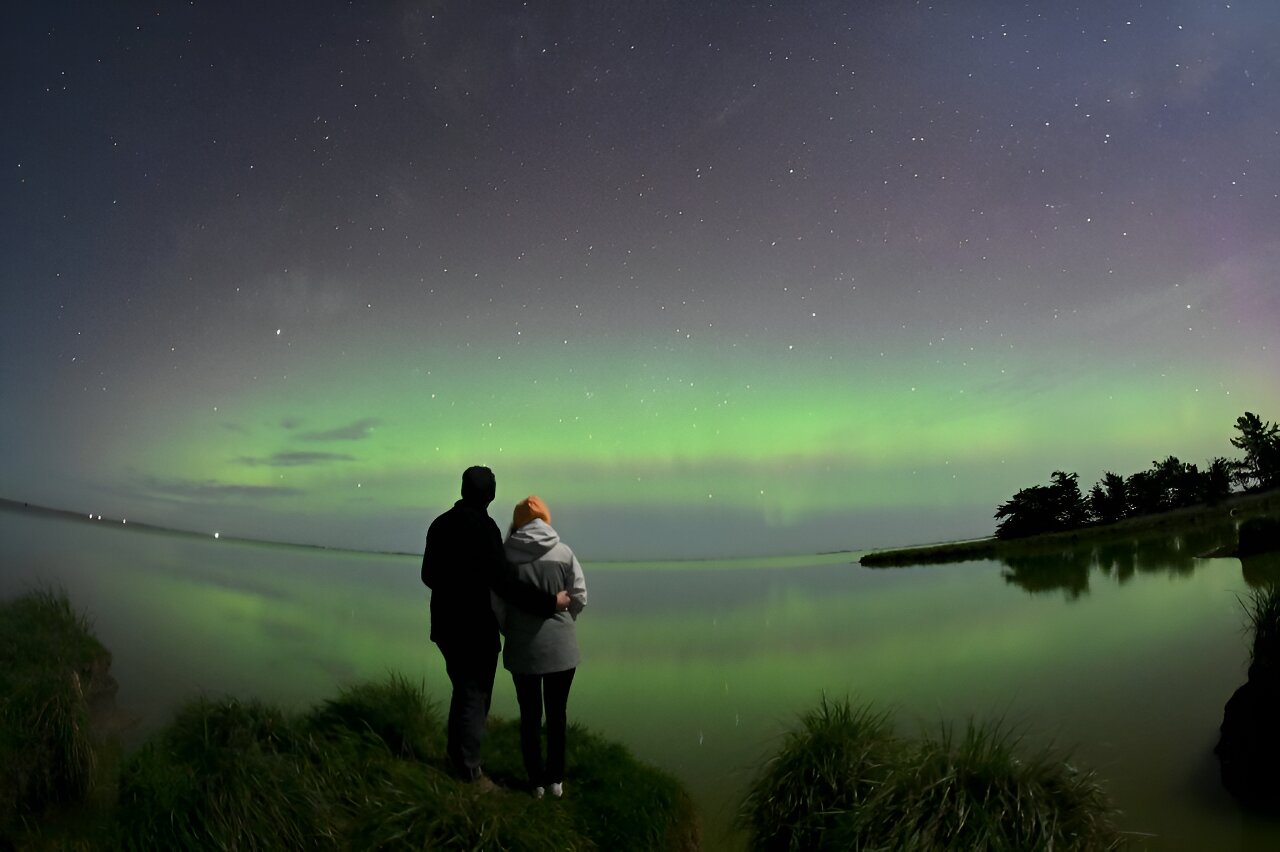
> Scientist Jim Wild has traveled to the Arctic Circle numerous times to study the northern lights, but on Thursday night he only needed to look out of his bedroom window in the English city of Lancaster.
- phys.org Event horizon: After photographing black holes, scientists are now making a movie
The first moving images of a black hole could reveal swirls of plasma and collapsing stars, deepening our understanding of the universe.

- • 100%phys.org 'Islands' of regularity discovered in the famously chaotic three-body problem
When three massive objects meet in space, they influence each other through gravity in ways that evolve unpredictably. In a word: Chaos. That is the conventional understanding. Now, a researcher from the University of Copenhagen has discovered that such encounters often avoid chaos and instead follo...
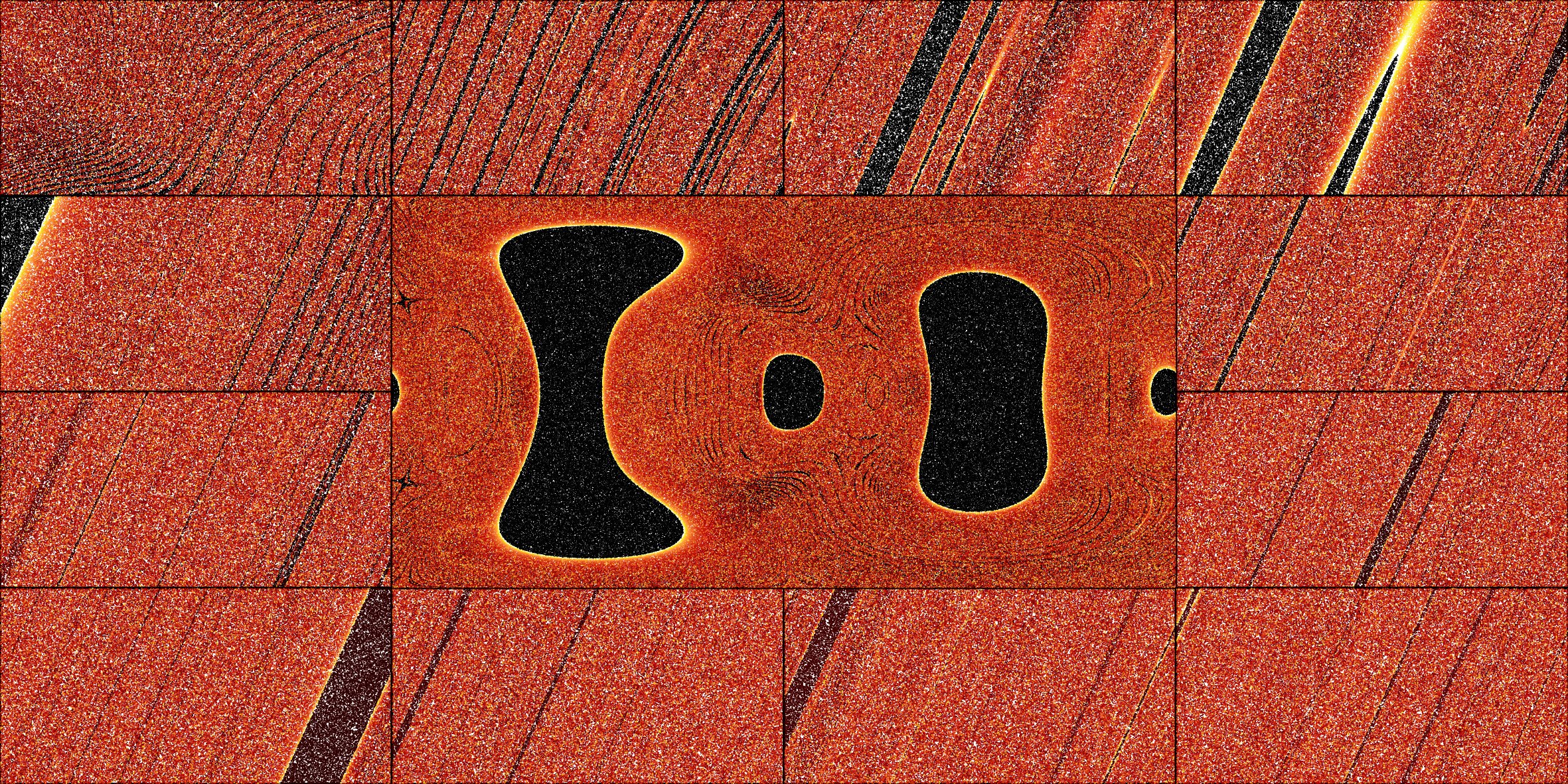
- • 94%www.sciencealert.com Tiny Black Holes Could Lurk Inside Asteroids, Moons, or Even Planets Like Ours
Here's what to look for.

- • 95%spacenews.com Brightness of first Chinese broadband constellation satellites alarms astronomers
The first satellites of a Chinese broadband constellation are significantly brighter than those of Western systems, posing a new challenge for astronomers.

- www.eso.org Scientists discover planet orbiting closest single star to our Sun
Using the European Southern Observatory’s Very Large Telescope (ESO’s VLT), astronomers have discovered an exoplanet orbiting Barnard’s star, the closest single star to our Sun. On this newly discovered exoplanet, which has at least half the mass of Venus, a year lasts just over three Earth days. Th...

- www.popsci.com 1.5 billion cosmic objects dazzle in the largest infrared Milky Way map ever created
‘We have changed the view of our galaxy forever.’

- • 100%www.eso.org ESO telescope captures the most detailed infrared map ever of our Milky Way
Astronomers have published a gigantic infrared map of the Milky Way containing more than 1.5 billion objects ― the most detailed one ever made. Using the European Southern Observatory’s VISTA telescope, the team monitored the central regions of our Galaxy over more than 13 years. At 500 terabytes of...

- • 98%www.sciencenews.org Betelgeuse has a tiny companion star hidden in plain sight
Betelgeuse has a sequel — in the form of a companion star that's about the same mass as the sun, orbiting it about once every 2,100 days.

- www.nasaspaceflight.com One year into mission, XRISM reveals movements of cosmic material around supernova remnant and black hole - NASASpaceFlight.com
In September 2023, the joint Japan Aerospace Exploration Agency (JAXA), European Space Agency (ESA), and…

- gizmodo.com Jets From Black Holes Cause Stars to Explode, Hubble Reveals
The jets of material that spew from black holes catalyze stellar eruptions, surprising astronomers and raising questions about the jets' role in the universe.

cross-posted from: https://dubvee.org/post/1964912
> Black hole jets, which spew near-light-speed particle beams, can trigger nearby white dwarf stars to explode by igniting hydrogen layers on their surfaces. "We don't know what's going on, but it's just a very exciting finding," said Alec Lessing, an astrophysicist at Stanford University and lead author of a new study describing the phenomenon, in an ESA release. Gizmodo reports: > > In the recent work -- set to publish in The Astrophysical Journal and is currently hosted on the preprint server arXiv -- the team studied 135 novae in the galaxy M87, which hosts a supermassive black hole of the same name at its core. M87 is 6.5 billion times the mass of the Sun and was the first black hole to be directly imaged, in work done in 2019 by the Event Horizon Telescope Collaboration. The team found twice as many novae erupting near M87's 3,000 light-year-long plasma jet than elsewhere in the galaxy. The Hubble Space Telescope also directly imaged M87's jet, which you can see below in luminous blue detail. Though it looks fairly calm in the image, the distance deceives you: this is a long tendril of superheated, near-light speed particles, somehow triggering stars to erupt. > > Though previous researchers had suggested there was more activity in the jet's vicinity, new observations with Hubble's wider-view cameras revealed more of the novae brightening -- indicating they were blowing hydrogen up off their surface layers. "There's something that the jet is doing to the star systems that wander into the surrounding neighborhood. Maybe the jet somehow snowplows hydrogen fuel onto the white dwarfs, causing them to erupt more frequently," Lessing said in the release. "But it's not clear that it's a physical pushing. It could be the effect of the pressure of the light emanating from the jet. When you deliver hydrogen faster, you get eruptions faster." The new Hubble images of M87 are also the deepest yet taken, thanks to the newer cameras on Hubble. Though the team wrote in the paper that there's between a 0.1% to 1% chance that their observations can be chalked up to randomness, most signs point to the jet somehow catalyzing the stellar eruptions.

YouTube Video
Click to view this content.
- www.scientificamerican.com Dark Matter Black Holes Could Fly through the Solar System Once a Decade
The universe’s hidden mass may be made of black holes, which could wobble the planets of the solar system when they pass by
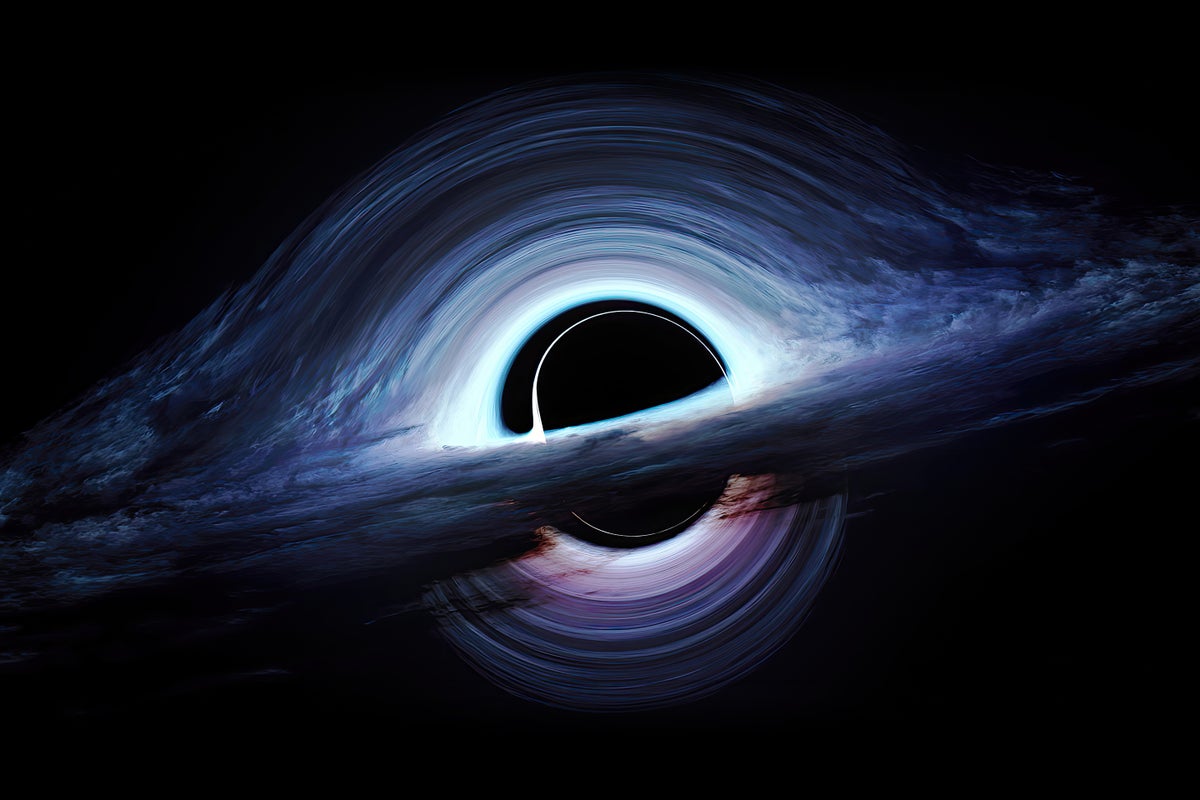
> Black holes the size of an atom that contain the mass of an asteroid may fly through the inner solar system about once a decade, scientists say. Theoretically created just after the big bang, these examples of so-called primordial black holes could explain the missing dark matter thought to dominate our universe. And if they sneak by the moon or Mars, scientists should be able to detect them, a new study shows.
- • 100%phys.org Astronomers discover biggest ever seen black hole jets, which blast hot plasma well beyond their own host galaxy
Astronomers have spotted the biggest pair of black hole jets ever seen, spanning 23 million light-years in total length. That's equivalent to lining up 140 Milky Way galaxies back to back.
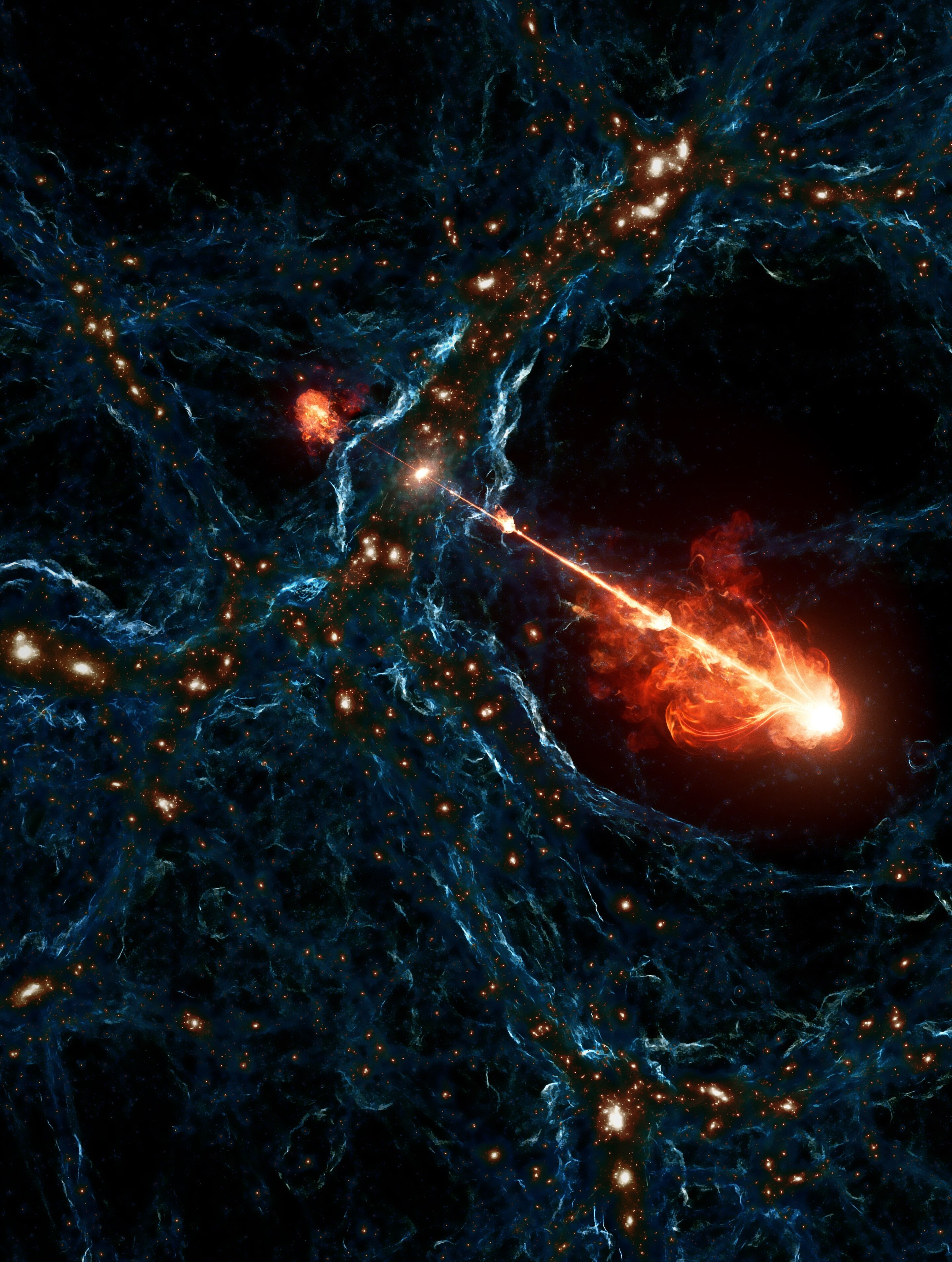
- www.semafor.com Starlink is increasingly interfering with astronomy, scientists say | Semafor
Astronomers have long criticized the satellites for being too bright, making it harder to see the universe.
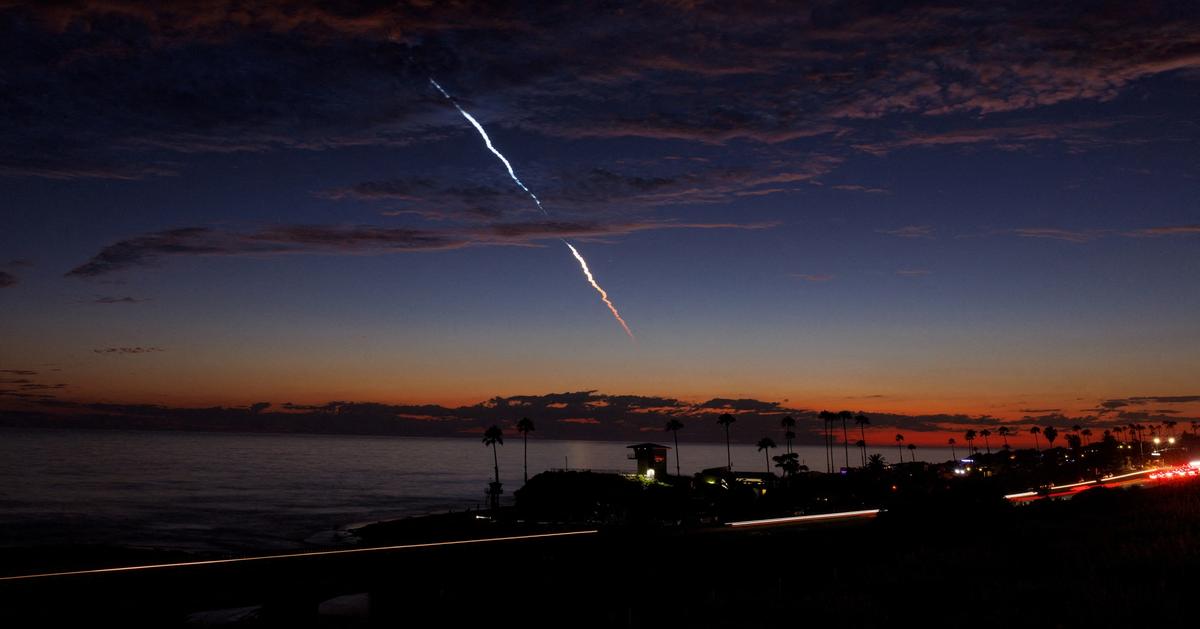
- https:// www.astron.nl /starlink-satellites/
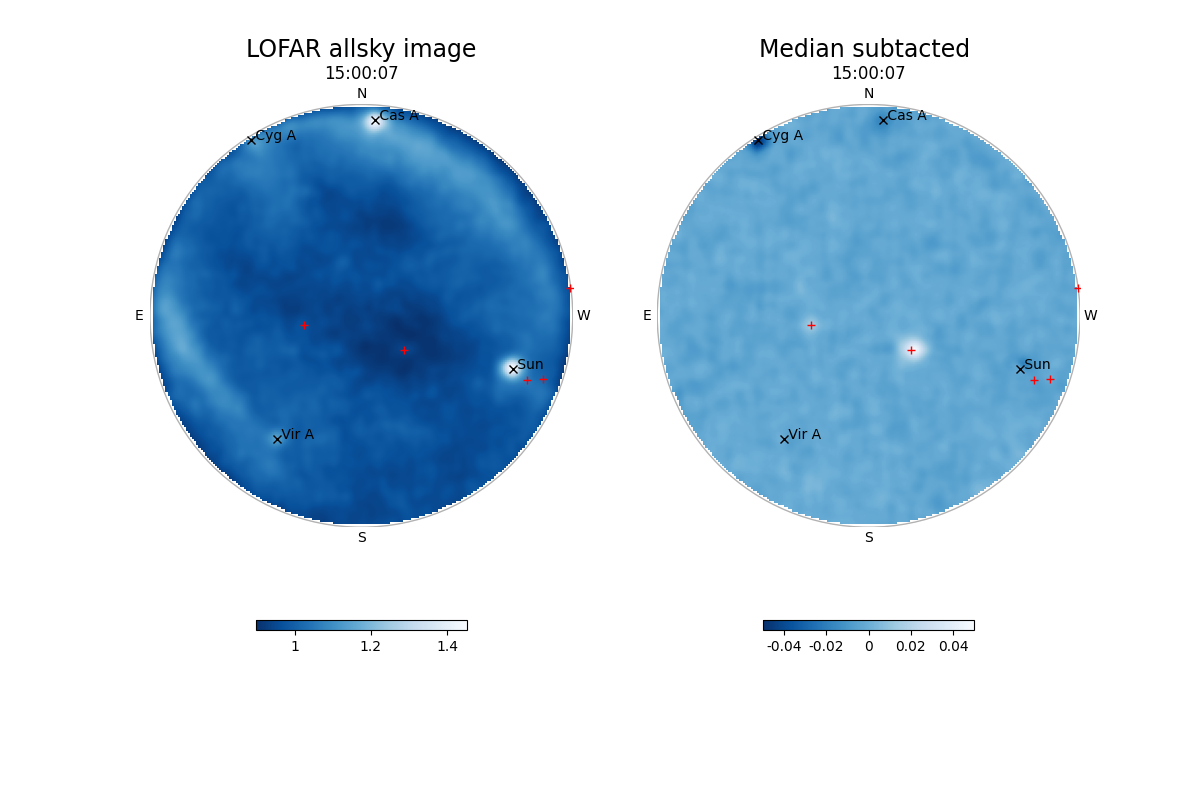
> Observations with the LOFAR (Low Frequency Array) radio telescope last year showed that first generation Starlink satellites emit unintended radio waves that can hinder astronomical observations. New observations with the LOFAR radio telescope, the biggest radio telescope on Earth observing at low frequencies, have shown that the second generation ’V2-mini’ Starlink satellites emit up to 32 times brighter unintended radio waves than satellites from the previous generation, potentially blinding radio telescopes and crippling vital research of the Universe.
- • 100%phys.org Astronomers detect black hole 'starving' its host galaxy to death
Astronomers have used the NASA/ESA James Webb Space Telescope to confirm that supermassive black holes can starve their host galaxies of the fuel they need to form new stars. The results are reported in the journal Nature Astronomy.

- phys.org Earth to have new mini-moon for two months
A pair of asteroid dynamics researchers from Universidad Complutense de Madrid Ciudad Universitaria have found that a small asteroid will make one orbit around the Earth starting this month before departing back into other parts of the solar system.

- • 100%spectrum.ieee.org European Satellite Burns Up for Science
ESA researchers pioneering re-entry science chase real-world data to the edge of space
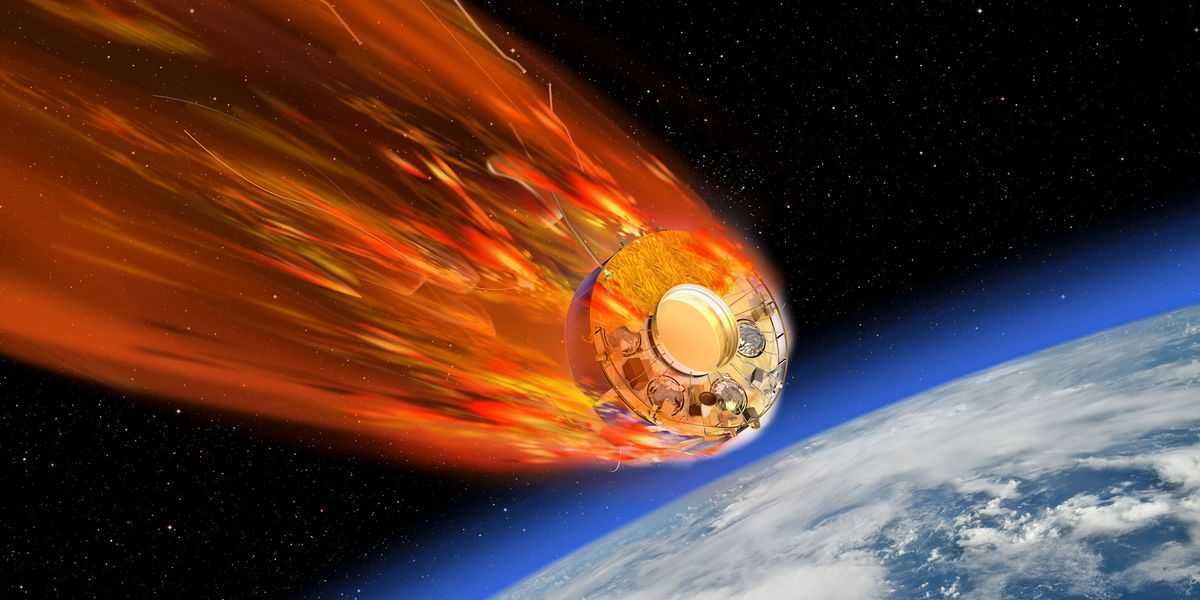
- • 98%apnews.com Tiny glass beads suggest the moon had active volcanoes when dinosaurs roamed Earth
New research suggests that volcanoes were still erupting on the moon when dinosaurs roamed Earth. Researchers based their conclusion on an analysis of tiny glass beads brought back from the moon by a Chinese spacecraft.
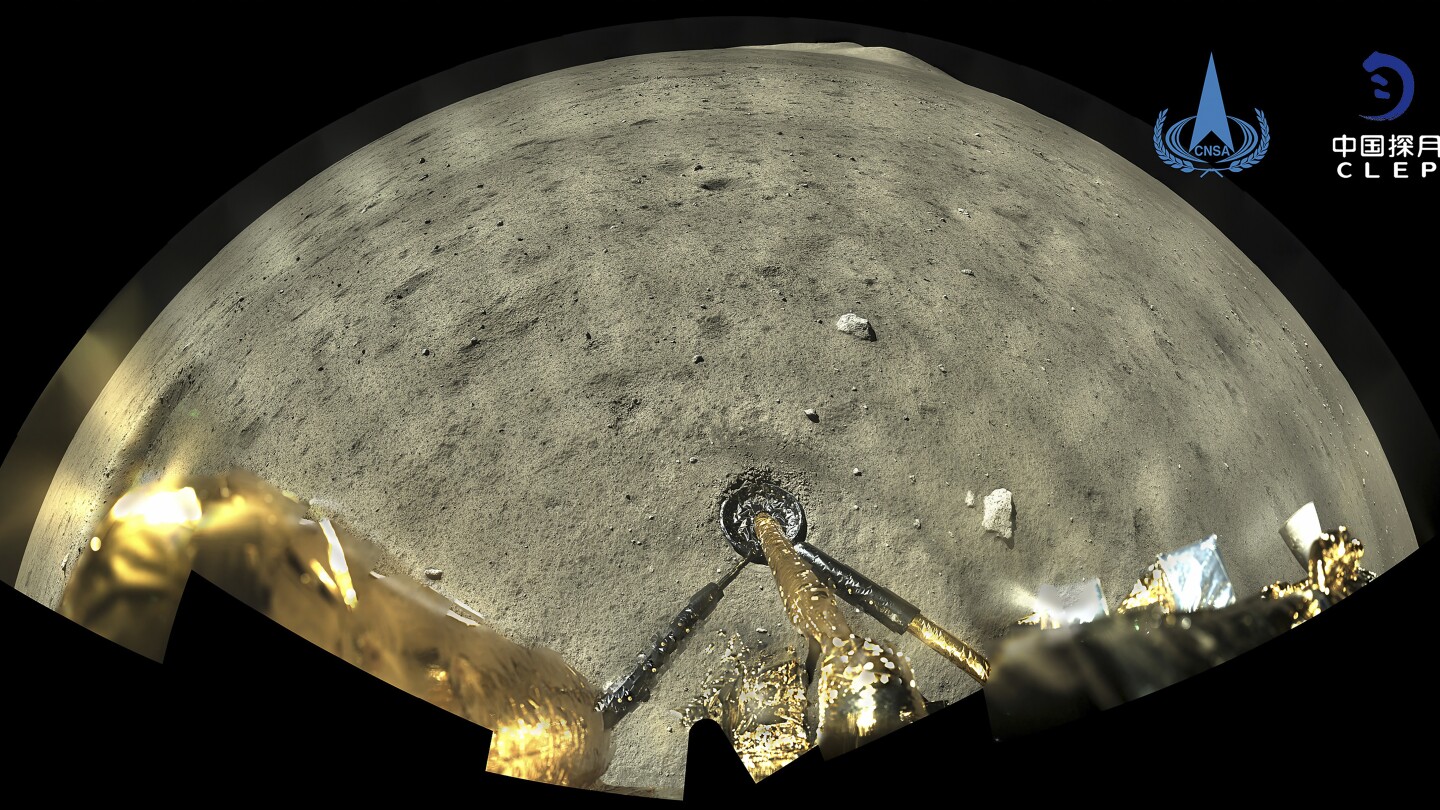
- • 99%www.space.com NASA's solar sail successfully spreads its wings in space
Spacecraft data has confirmed successful deployment of the futuristic technology.

- • 97%www.earth.com Highest-resolution black hole images ever taken usher in a new era
The Event Horizon Telescope team achieves unprecedented resolution and opens new windows to supermassive black hole studies.
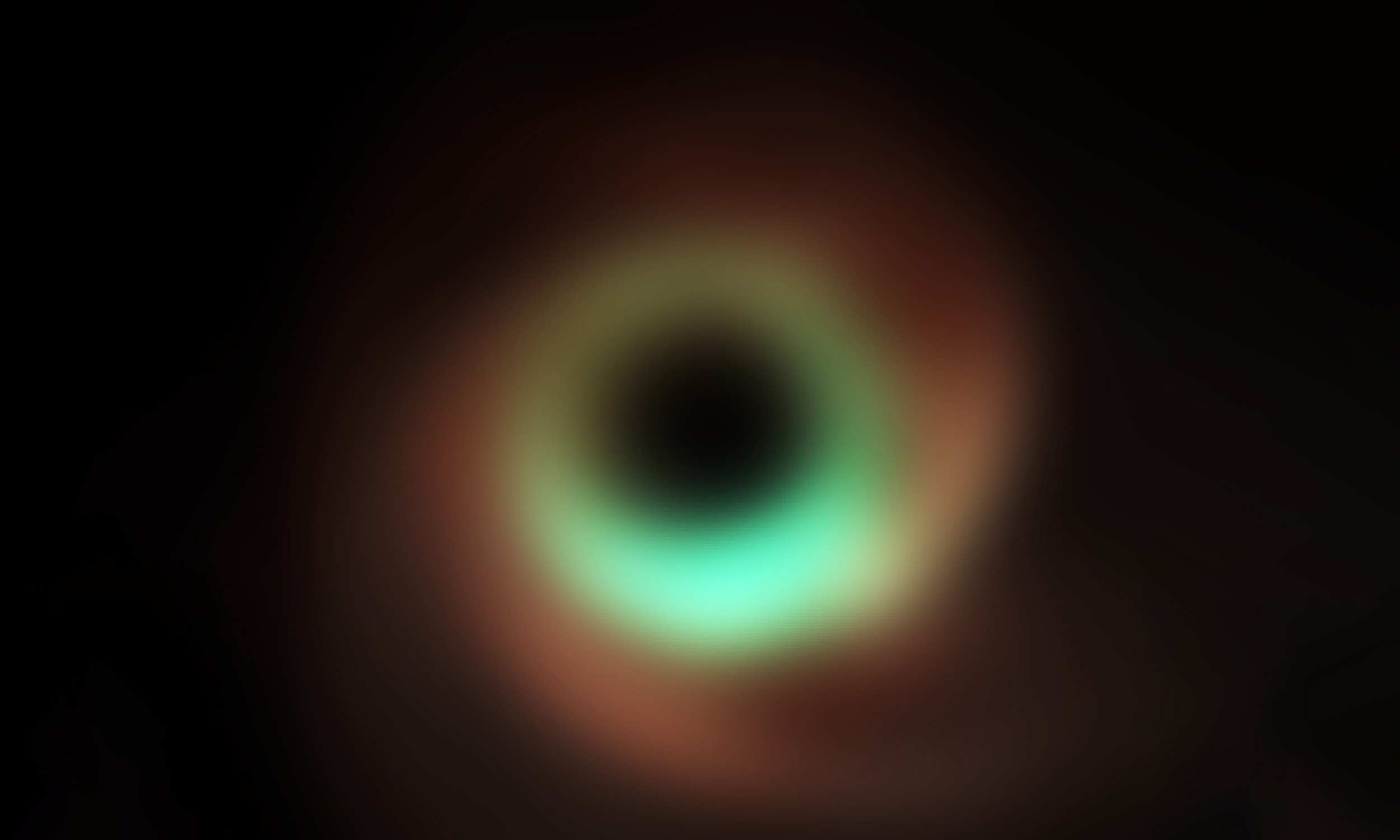
- phys.org Researchers identify effective materials for protecting astronauts from harmful cosmic radiation on Mars
Researchers have identified specific materials, including certain plastics, rubber, and synthetic fibers, as well as Martian soil (regolith), which would effectively protect astronauts by blocking harmful space radiation on Mars. These findings could inform the design of protective habitats and spac...

cross-posted from: https://rss.ponder.cat/post/16484
- • 100%phys.org Scientist performs the first nonlinear study of black hole mimickers
In recent research, a scientist from Princeton University has performed the first nonlinear study of the merger of a black hole mimicker, aiming to understand the nature of gravitational wave signals emitted by these objects, which could potentially help to identify black holes more accurately.

- • 96%spacenews.com Senate bill would create center to study satellite interference with astronomy
Legislation introduced in the U.S. Senate would create a new center devoted to protecting astronomy from interference caused by satellite constellations.

- phys.org Using small black holes to detect big black holes
An international team of astrophysicists with the participation of the University of Zurich proposes a novel method to detect pairs of the biggest black holes found at the centers of galaxies by analyzing gravitational waves generated by binaries of nearby small stellar black holes. The research is ...
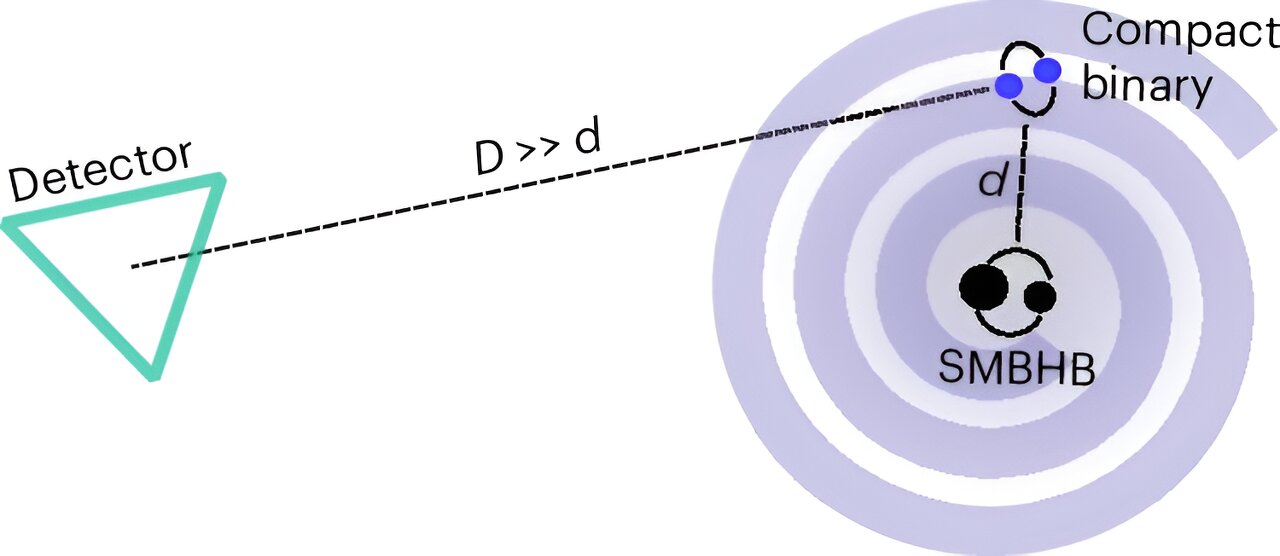
- • 100%www.nasa.gov From a Million Miles Away, NASA Camera Shows Moon Crossing Face of Earth - NASA
A NASA camera aboard the Deep Space Climate Observatory (DSCOVR) satellite captured a unique view of the moon as it moved in front of the sunlit side of Earth


